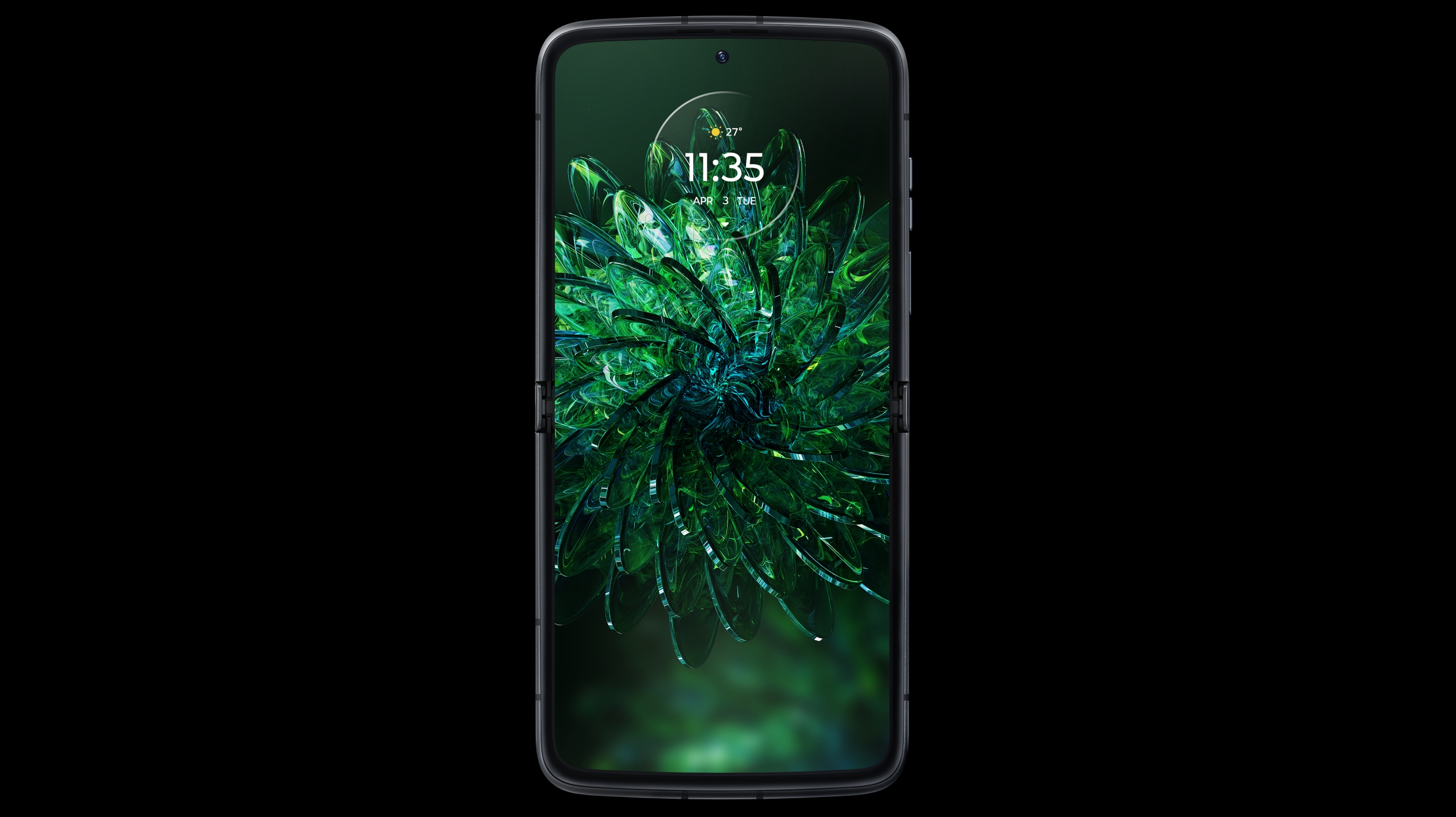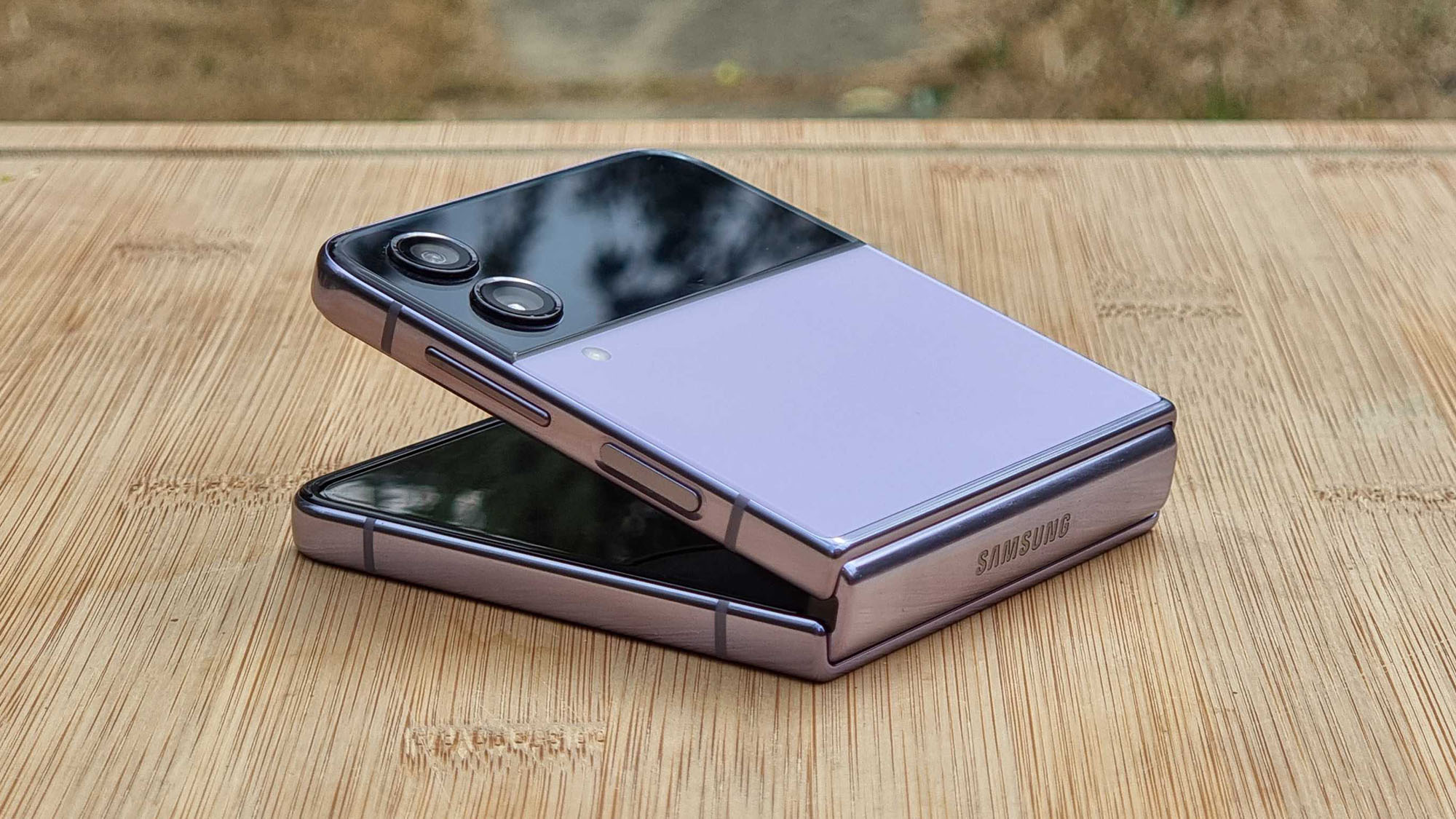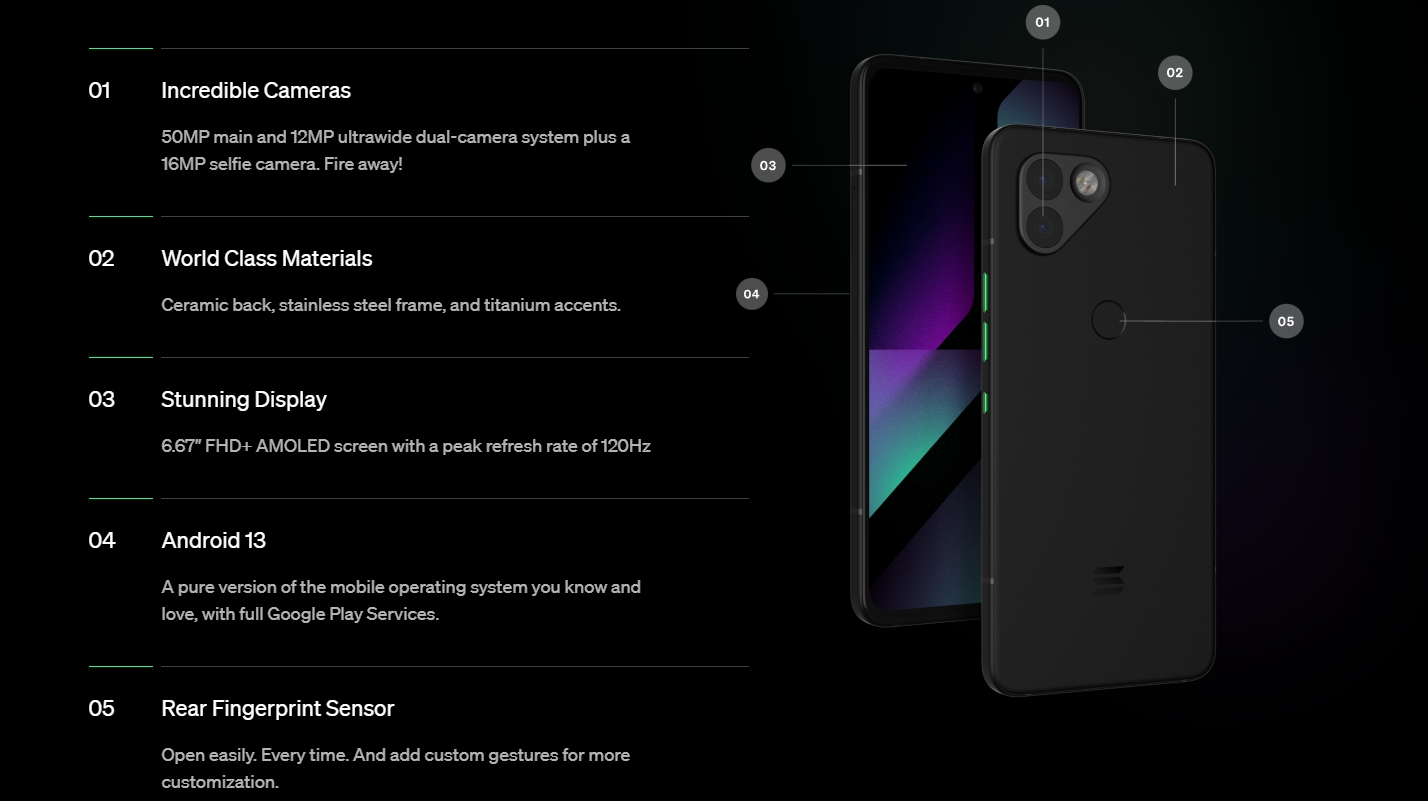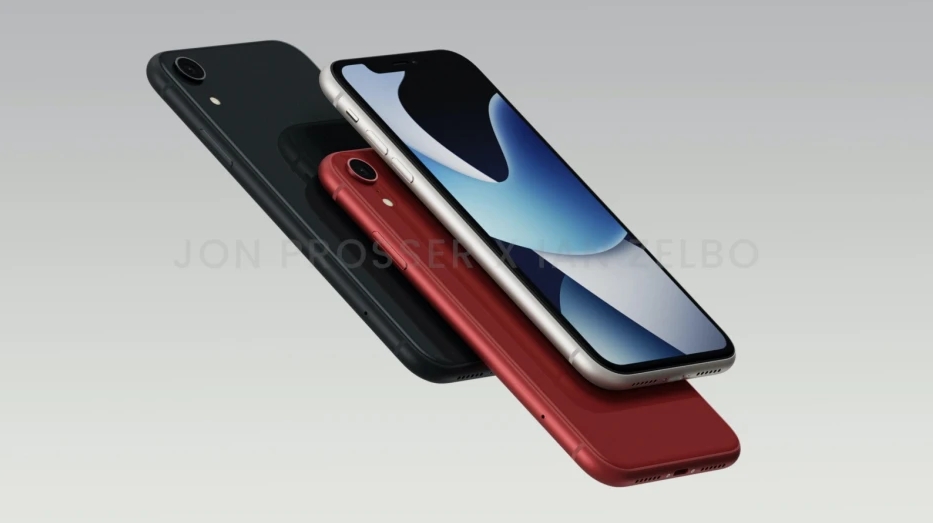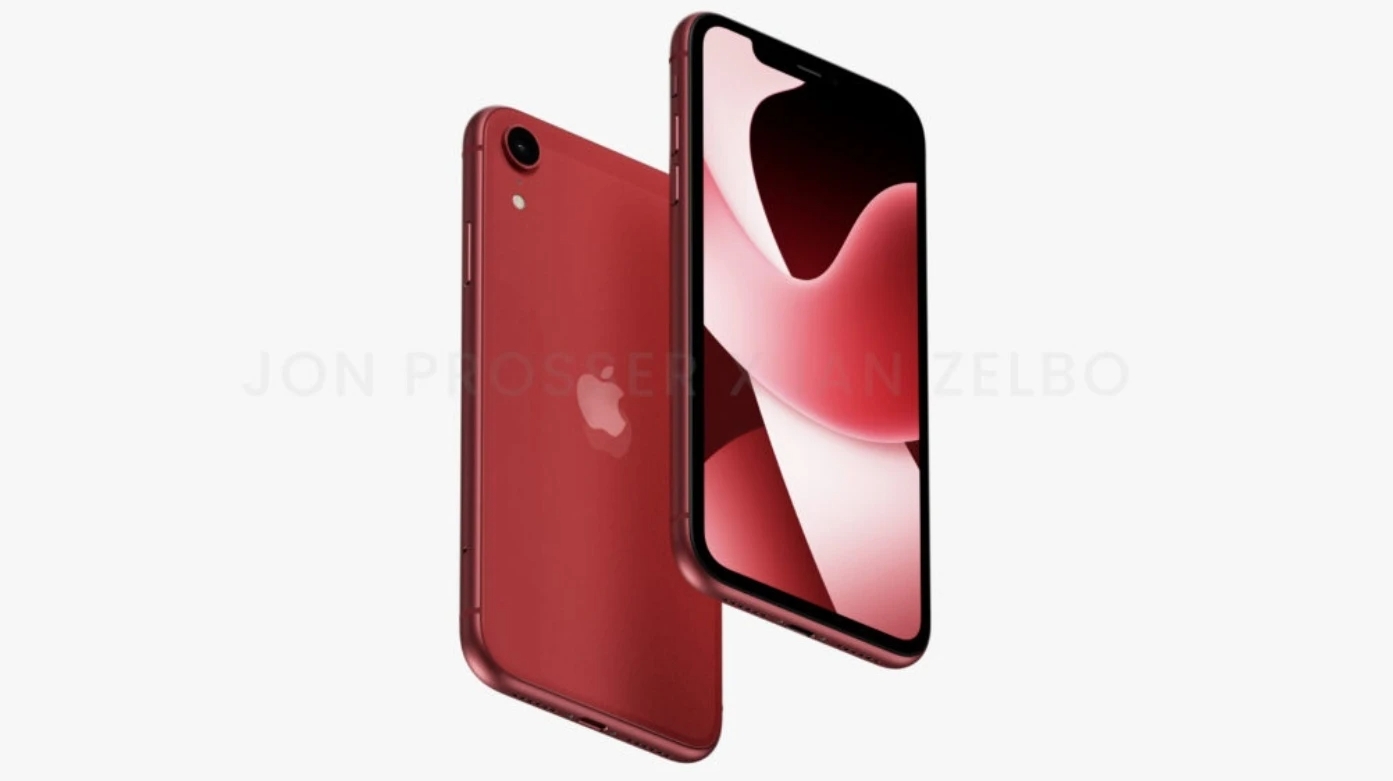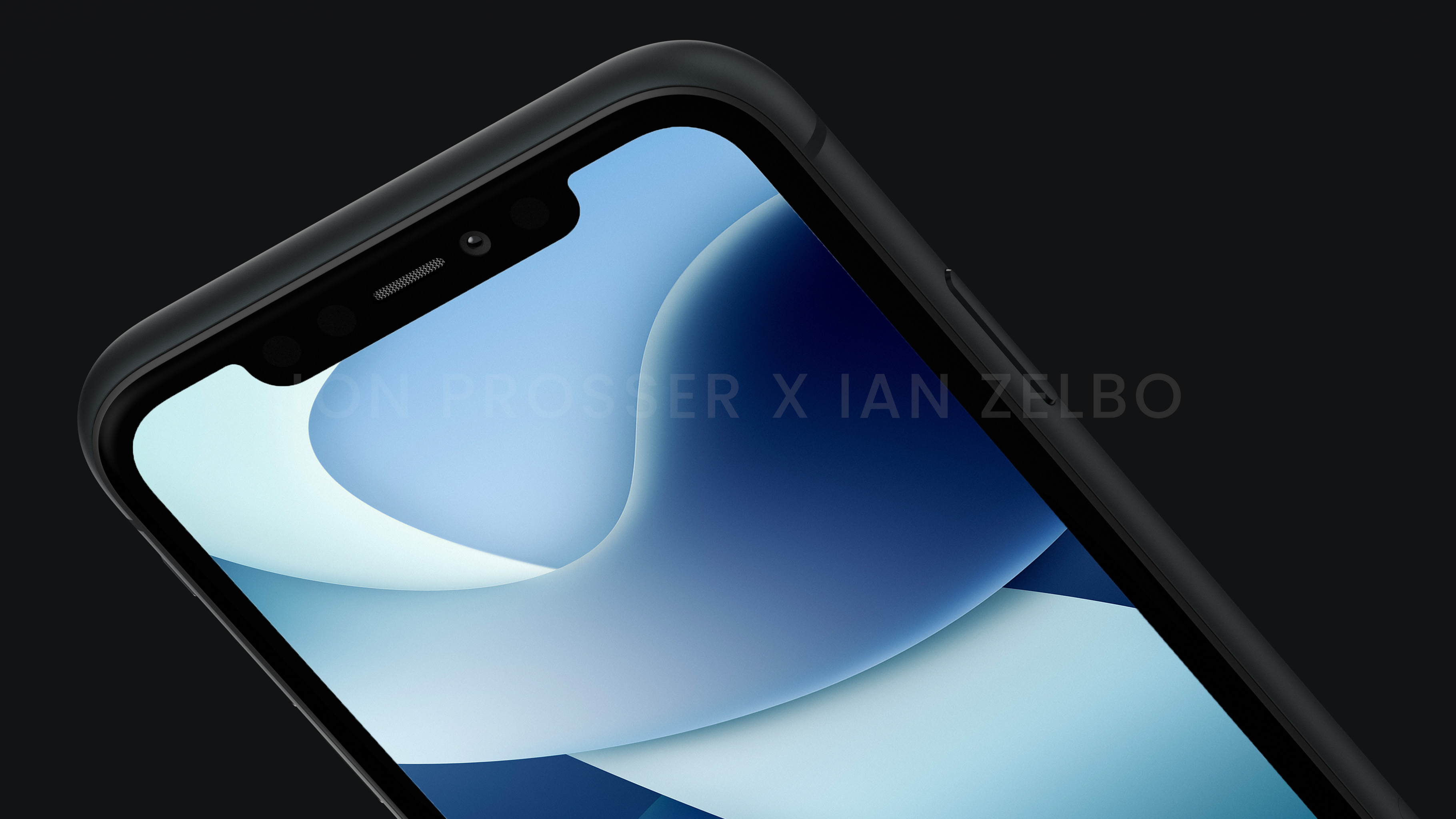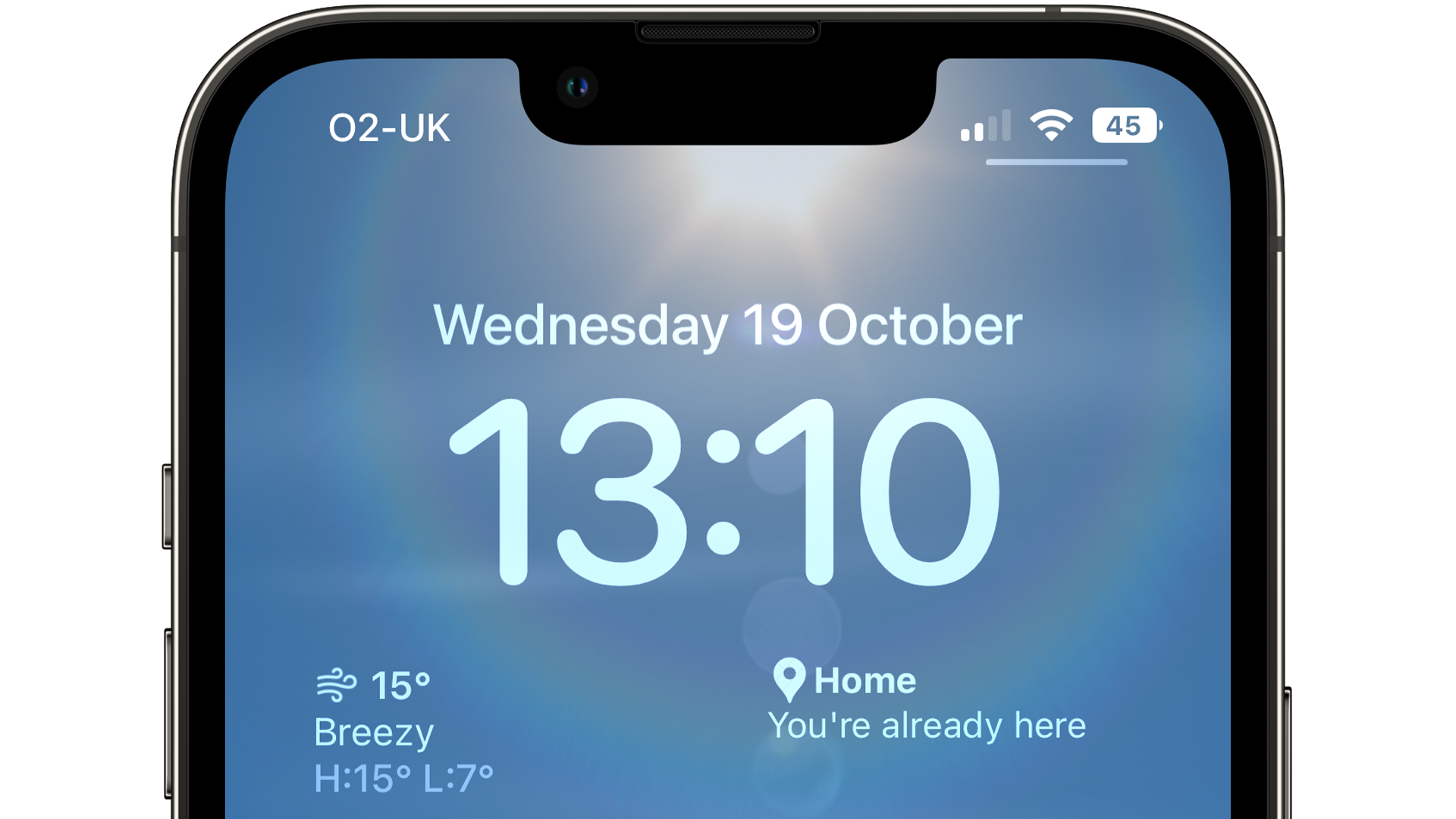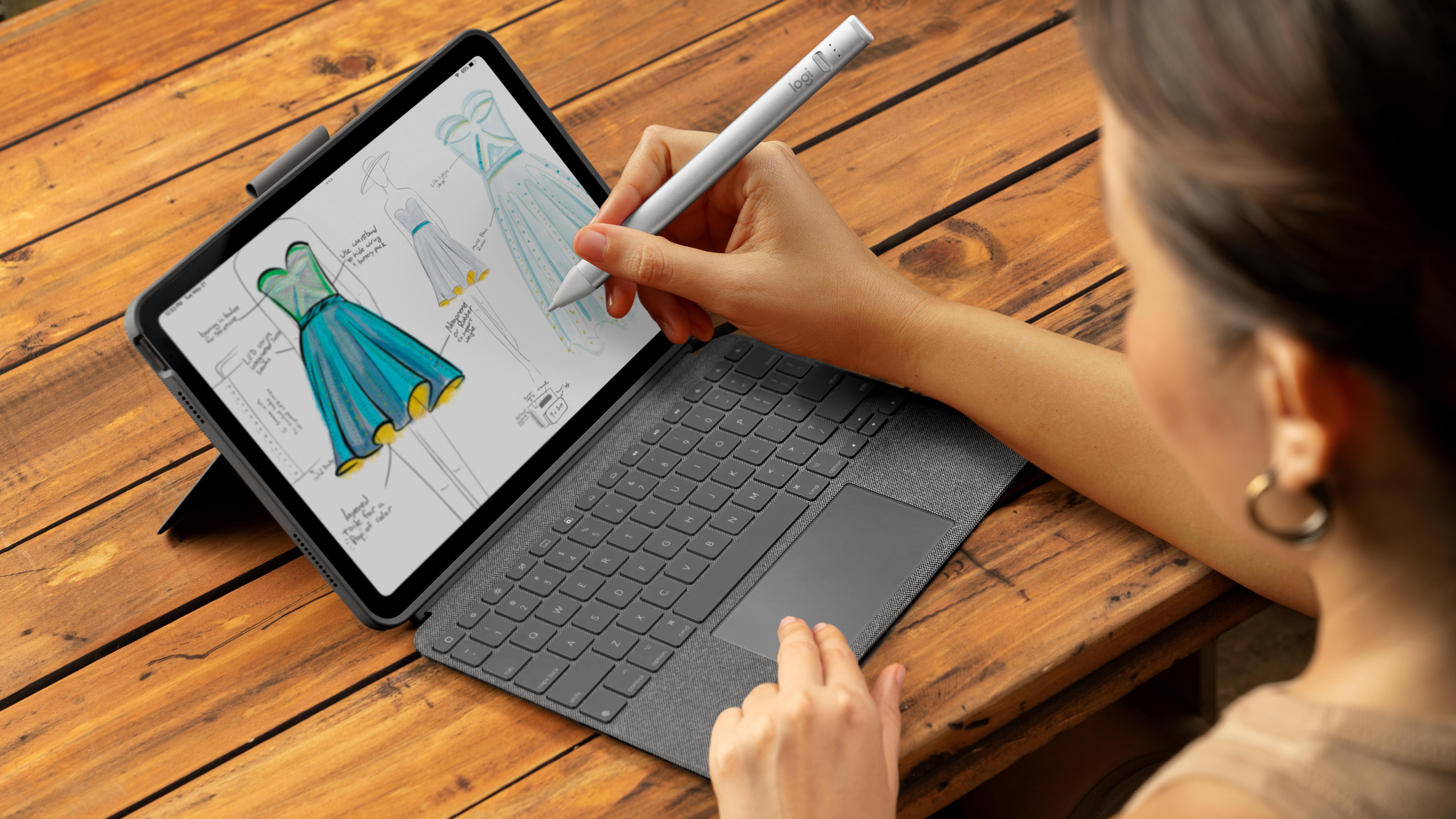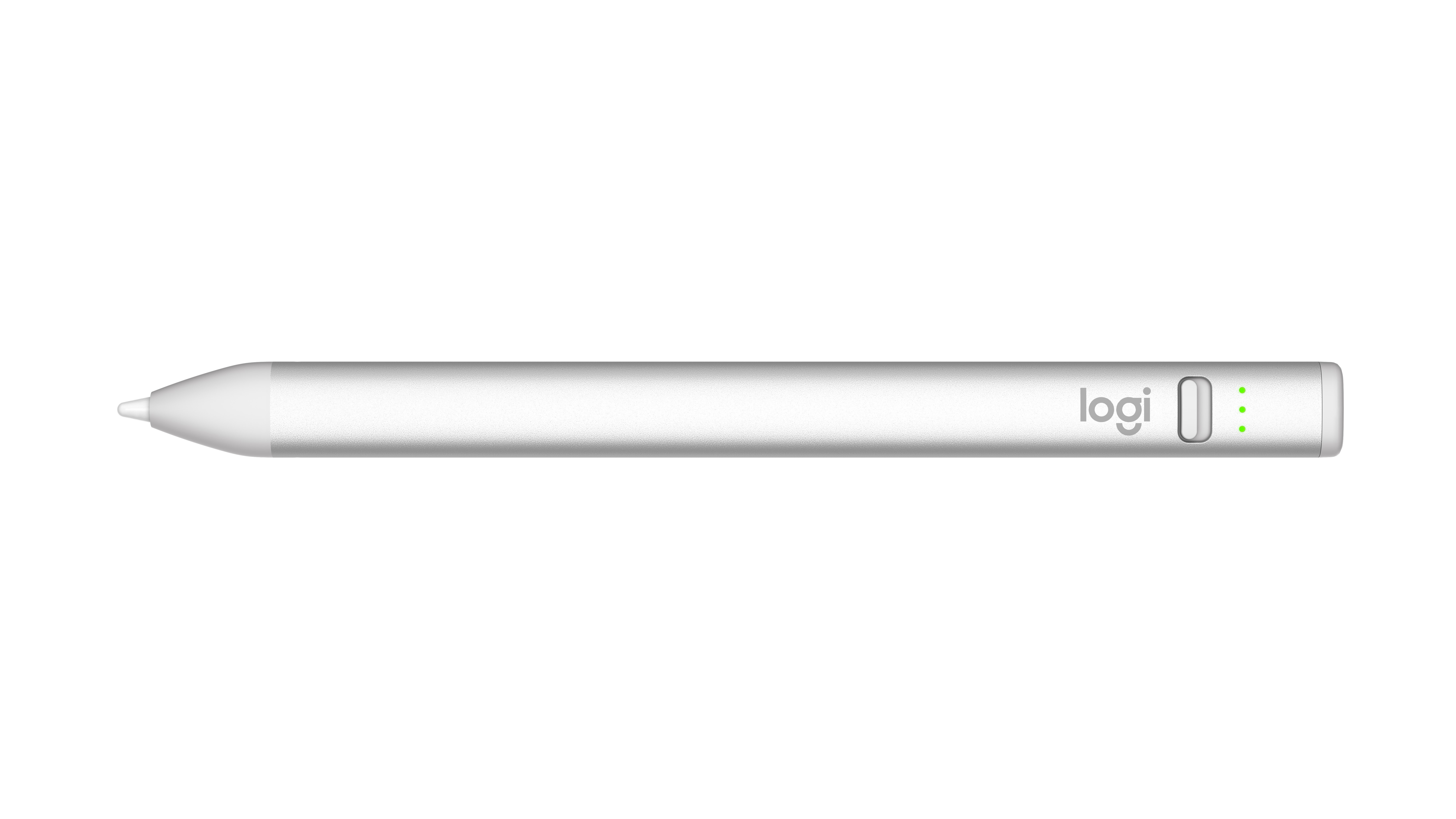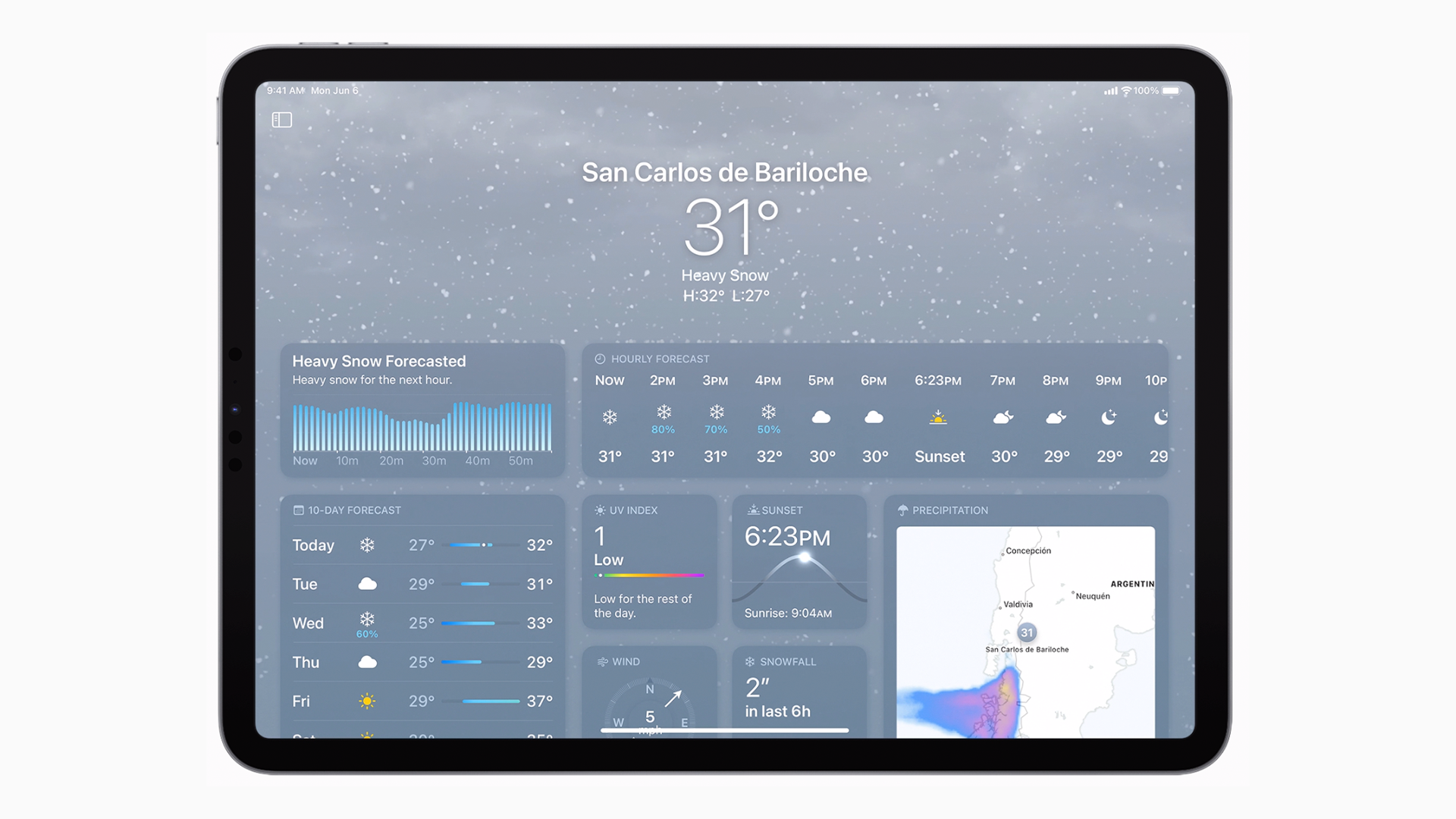iOS 16.1 is now available for iPhone 8 and newer handsets, and it comes with an interesting carbon-saving feature that helps bolster Apple's eco-friendly credentials - and the company has now explained how it works.
In a support document, Apple states that when this feature is enabled, your iPhone gains an overview of the carbon emissions being used in your area, and iOS 16.1 will charge your device during times when cleaner energy production is being used.
It's an interesting feature, and it makes us wonder how this could expand to Apple's other devices.
A reduced carbon footprint for your MacBook Pro?

iPhones are one of the most repeatedly charged devices that many of us rely on every day, but most of us don't think about where the electricity we use to charge our iPhones comes from.
At the moment, this feature is only available to people in the US, though we hope it gets a global rollout soon. If you're in the US and you don't see Clean Energy Charging in your battery settings, you need to have Location Services enabled, alongside System Customization and Significant Locations. These can all be found within in Settings > Privacy & Security > Location Services > System Services.
It's too early to tell if the Clean Energy Charging feature will make a big difference in carbon emissions, but if it does, could we see it come to other Apple products, such as Macs and MacBooks? With rumors that new M2 MacBook Pros could be arriving soon, it could be perfect timing for this feature to pop up in a future macOS Ventura update.
Apple recently published a press release, calling on its supply chain to fully decarbonize by 2030 and use fully-renewable sources, so it's clear that the company is getting serious about minimising the environmental impact of its products.
We're expecting the company to go harder in its renewable-energy efforts in the near future, further showing the industry how it can thrive in a clean-energy world while we enjoy sending memes to friends over iMessage.

